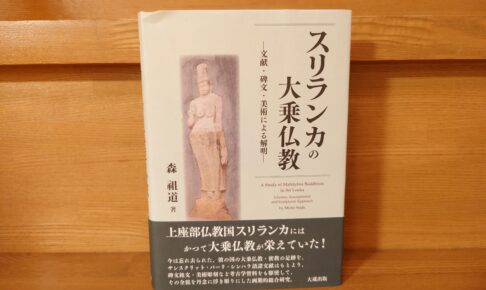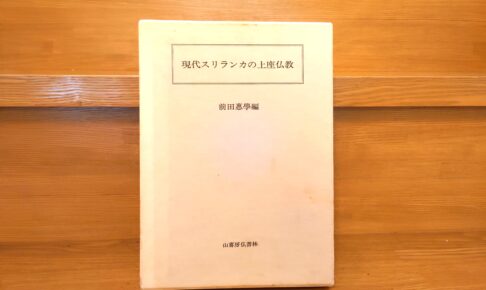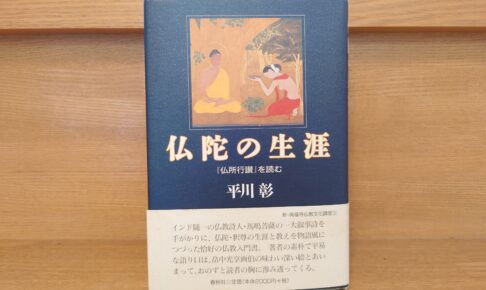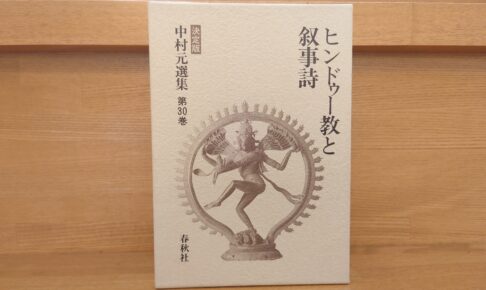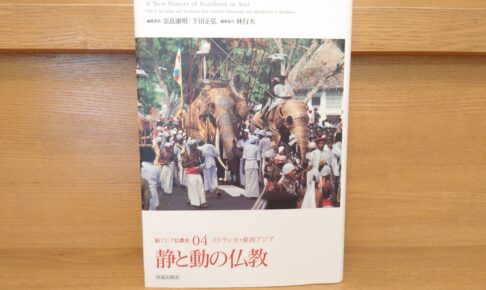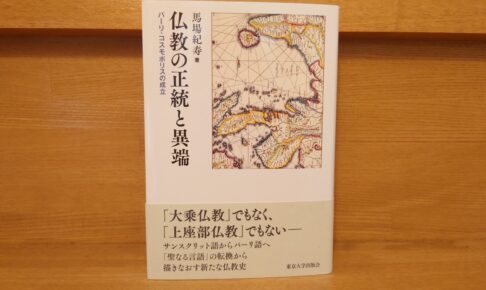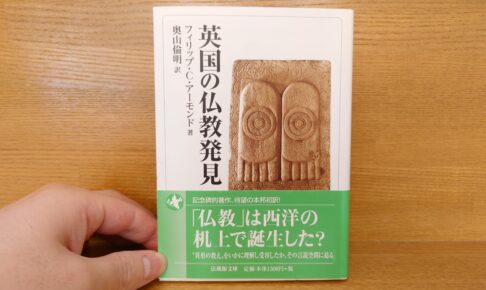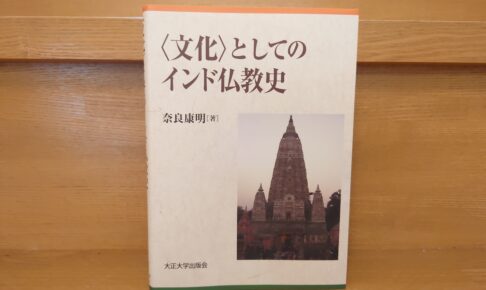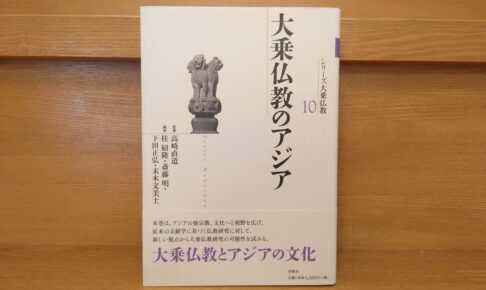Mori Sodo, "Mahayana Buddhism in Sri Lanka" - Mahayana took root in Sri Lanka, a country famous for Theravada Buddhism! And the transition of the statue of Avalokitesvara Bodhisattva
Sri Lanka is often taken for granted as a Theravada country, and the existence of Mahayana Buddhism has been largely neglected.
In fact, the Mahayana Buddhist tradition in Sri Lanka itself ceased to exist in the late 12th century, but culture is an interesting thing, and it is possible for a culture to "officially cease to exist, but continue to exist in a different form.
As I mentioned in the title of this article, this phenomenon of the transition of the Avalokitesvara Bodhisattva has been integrated into Sri Lanka.
No - Sri Lanka is interesting! This book was also very inspiring. You should definitely pick up a copy.











